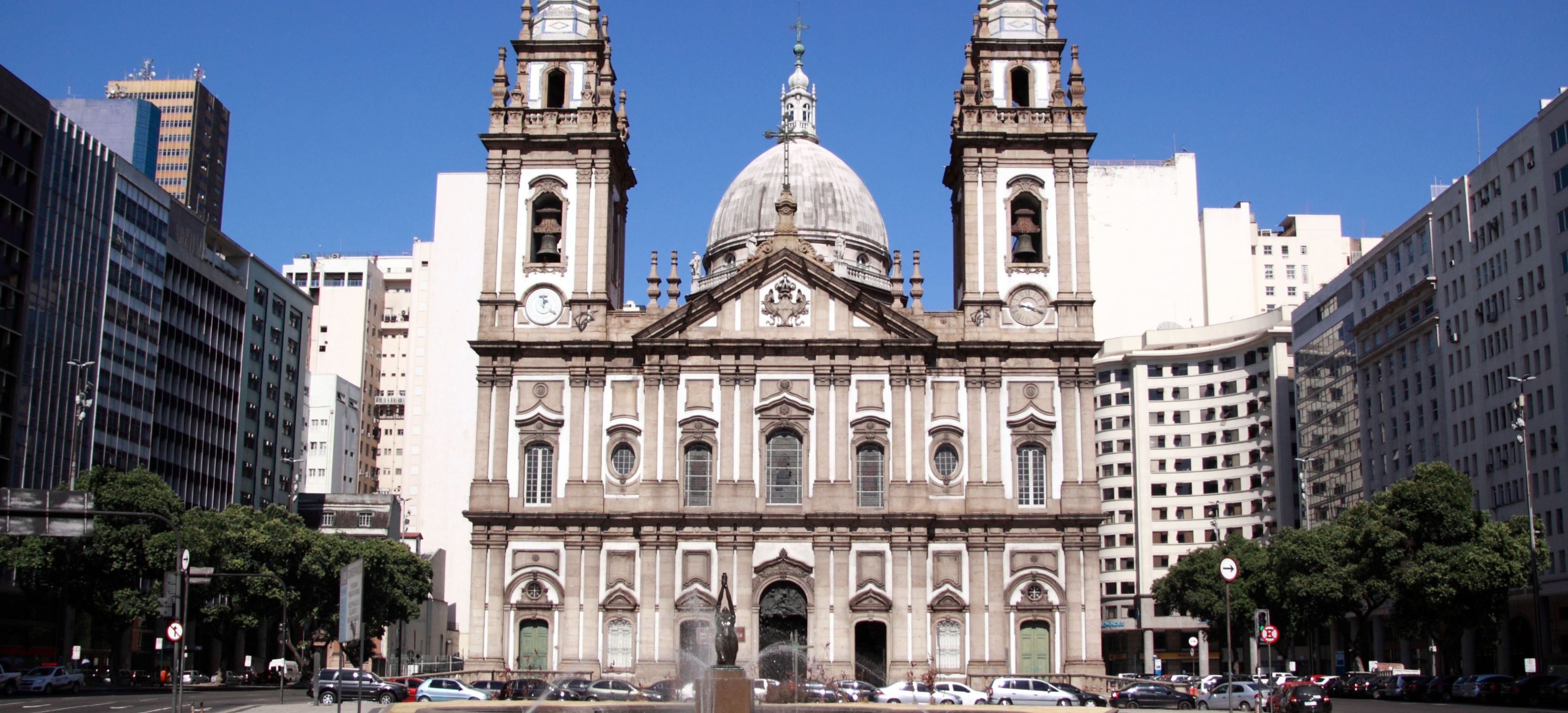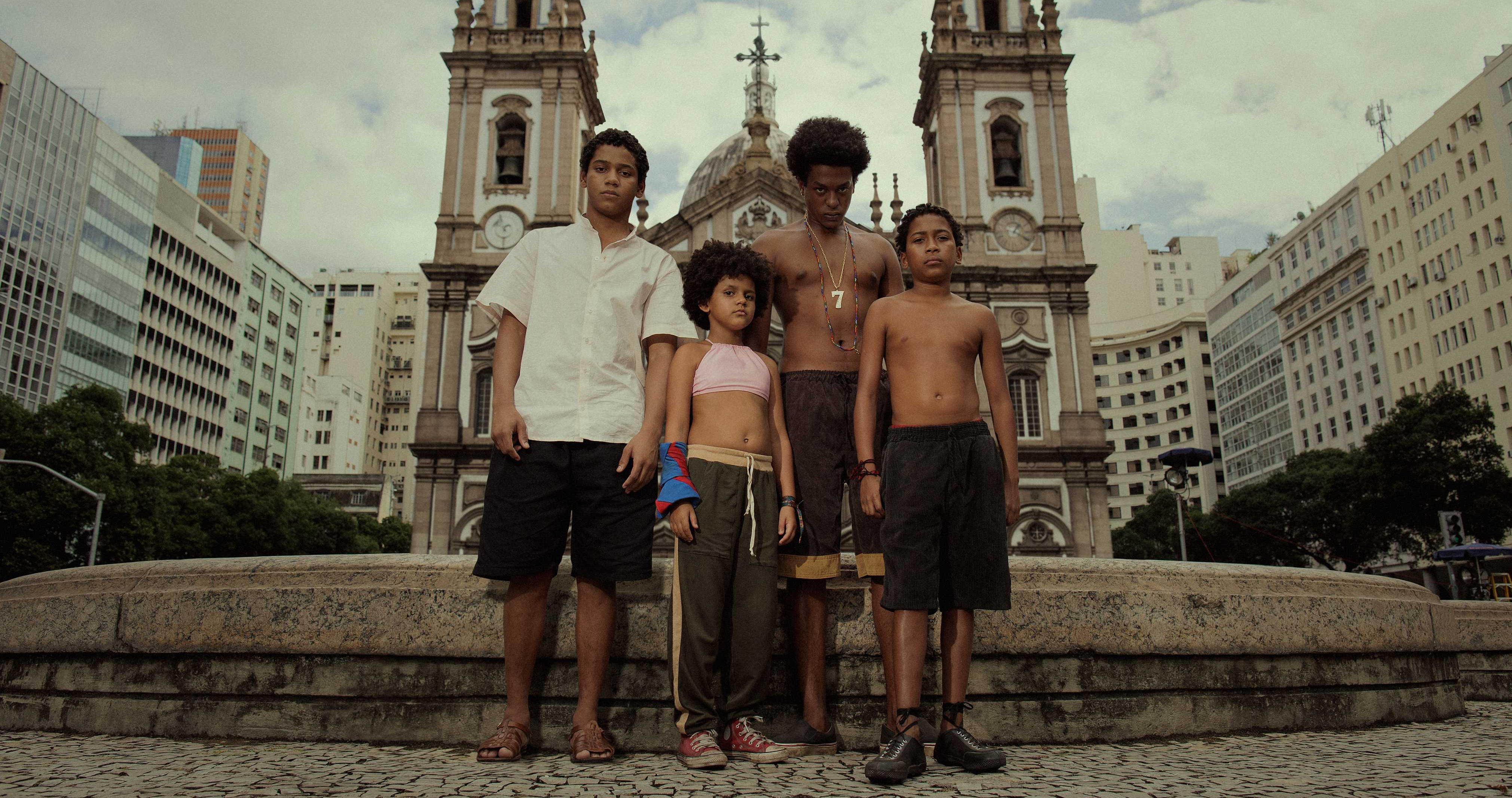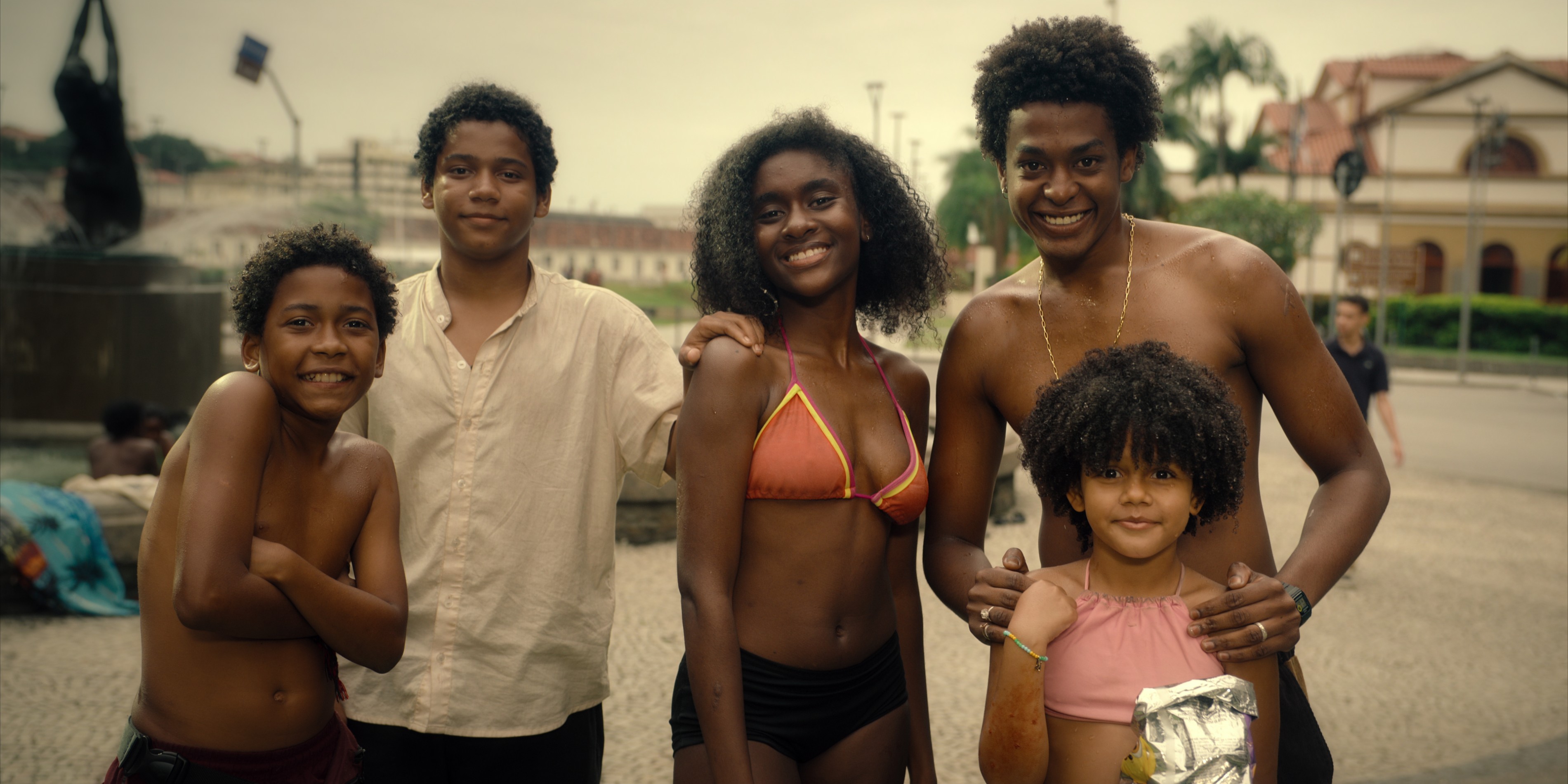Netflix’s period drama series ‘Children of the Church Steps’ revolves around the Candelária massacre, one of the darkest chapters in the history of Brazil. As the show depicts, on the fateful night of July 23, 1993, a group of men arrived at the Candelária Church in Rio de Janeiro and shot down several children and young adults who were sleeping on the steps of the Christian establishment. The violence unleashed by the killers took the lives of eight individuals, including six minors, who are represented through Douglas and Seven in the series. However, the crime drama concludes without revealing the identity of the murderers.
Seven Men Were Indicted Following the Candelária Massacre
After the Candelária massacre took place on July 23, 1993, the authorities mainly relied on witness statements to identify and implicate the suspects. Wagner dos Santos, who survived the mass killing, played a vital role in recognizing the people behind the tragedy. Right after the massacre, three military policemen named Marcus Vinícios Emmanuel, Cláudio dos Santos, and Marcelo Cortes were indicted along with a civilian named Jurandir Gomes França. Three years after the crime was committed, another military cop named Nelson Oliveira dos Santos Cunha confessed to taking part in the killings.

With the assistance of Nelson, the officers turned their attention to two more police officers, Marco Aurélio Dias de Alcântara and Arlindo Afonso Lisboa Júnior, and a former cop named Maurício da Conceição. However, the latter was not indicted as he was reportedly murdered by the officers of the Civil Police’s anti-kidnapping unit a year after the killings. Carlos Jorge Liaffa, another policeman, was also implicated, especially after Wagner identified him as one of the perpetrators. A forensic examination further revealed that one of the bullets fired during the massacre was shot from the gun of Carlos’ stepfather. Still, he was not indicted by the officials.
Nelson’s statements turned the case around significantly. He alleged that the mastermind behind the massacre was Maurício, the former police officer who was killed in 1994. His testimony paved the way for the acquittal of Cláudio, Jurandir, and Marcelo despite Wagner identifying the latter as one of the murderers. Even though Nelson’s statements were scrutinized and questioned by lawyers and human rights activists, the acquittal remained. Marcus Emmanuel, Marco Alcântara, and Nelson received lengthy sentences that ranged between 204 and 309 years.
However, after several retrials and because of judicial pardons or paroles, none of Marcus Emmanuel, Marco Alcântara, and Nelson are now in prison. Arlindo Júnior only received a two-year sentence for possessing a weapon used in the mass killings. Human rights activists in Brazil continue to question how none of the convicted are currently imprisoned after committing a gruesome crime that shook the entire world.
The Motive Behind the Candelária Massacre Remains a Matter of Contention
Even though more than thirty years have passed since the Candelária Massacre, the exact motive behind the mass killings hasn’t been identified. There are several accounts that possibly explain why the group of military policemen murdered eight children and terrorized more than sixty others. The most prominent explanation is that the massacre was committed as retaliation after a stone was thrown at a police car the previous day by one of the children who lived at the Candelária Church. There are also accounts that state that the military policemen were serving as “hit men” for the nearby shop owners. These businessmen apparently saw the kids sleeping on the steps of the religious establishment as shoplifters who sullied the neighborhood.

Yvonne Bezerra de Mello, a human rights activist based in Rio de Janeiro who arrived at the scene of the crime half an hour after the massacre was committed, believes that there is more to the motive. “The police were dealing cocaine, and some of the older kids were helping them,” she told Deutsche Welle, adding that the cops rained bullets on the children as an act of revenge because some of them owed the officers money. Over the years, many have alleged that the Candelária massacre exposed the inherent racism that was present in Brazil, especially because the children who lived outside the church were mainly Black.
While sentencing Marcos Vinícios Emmanuel, the judge observed that the defendant was “driven by the shameful aim of exterminating socially marginalized children,” as per Amnesty International. Social activists and academicians around the world continue to try to make sense of what really caused the Candelária massacre. As of now, none of them has been able to provide a definite answer.
Read More: Jesus: Is He Based on a Real Candelária Massacre Witness?


You must be logged in to post a comment.